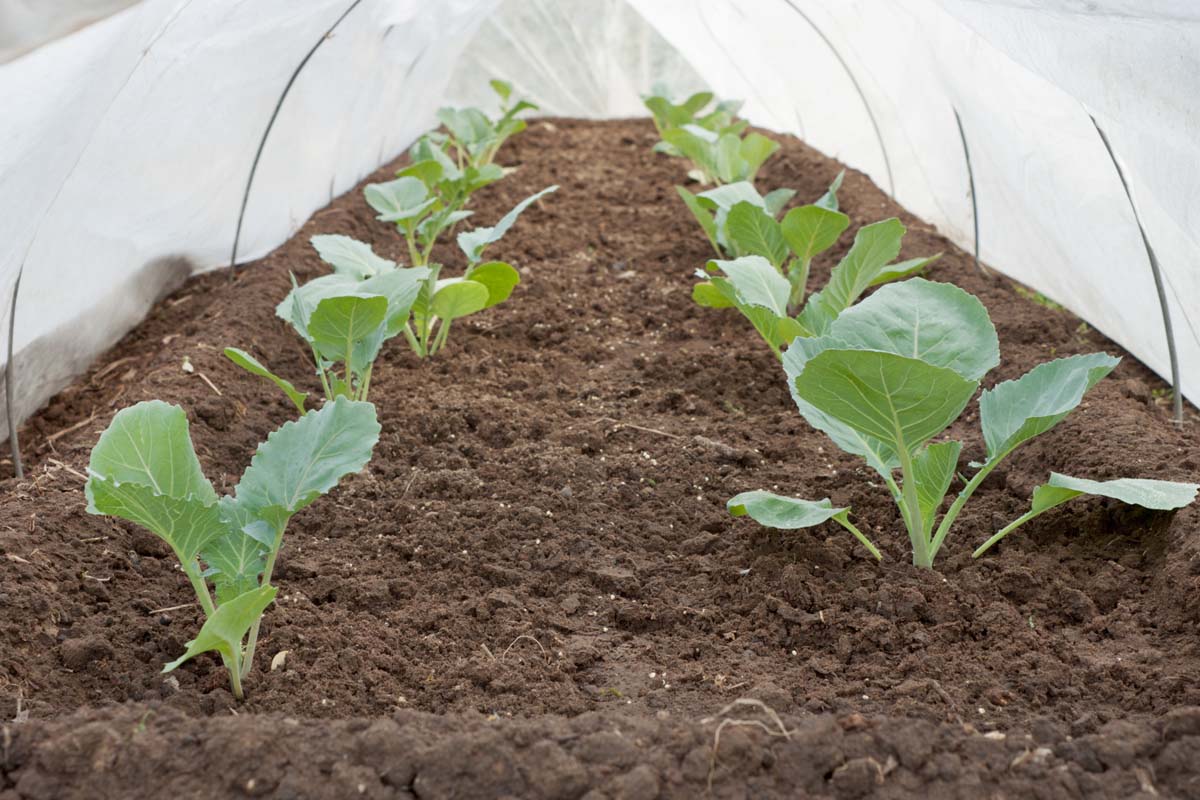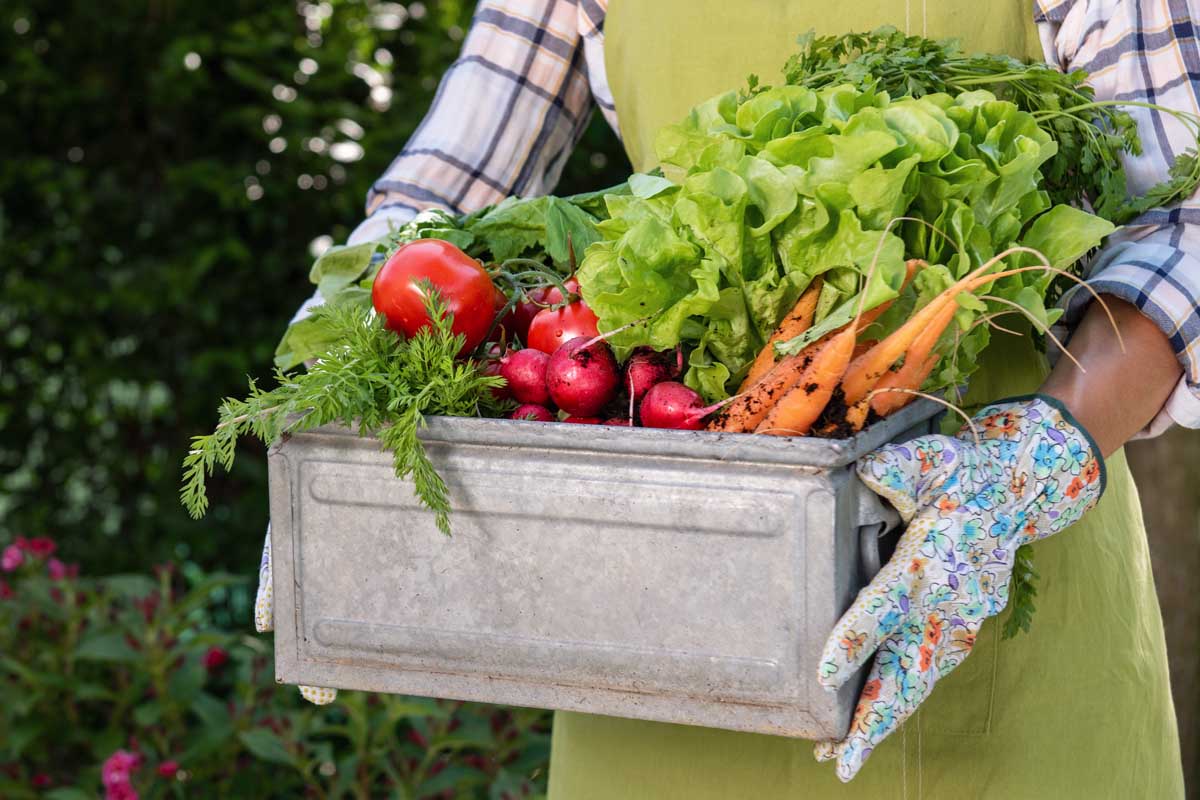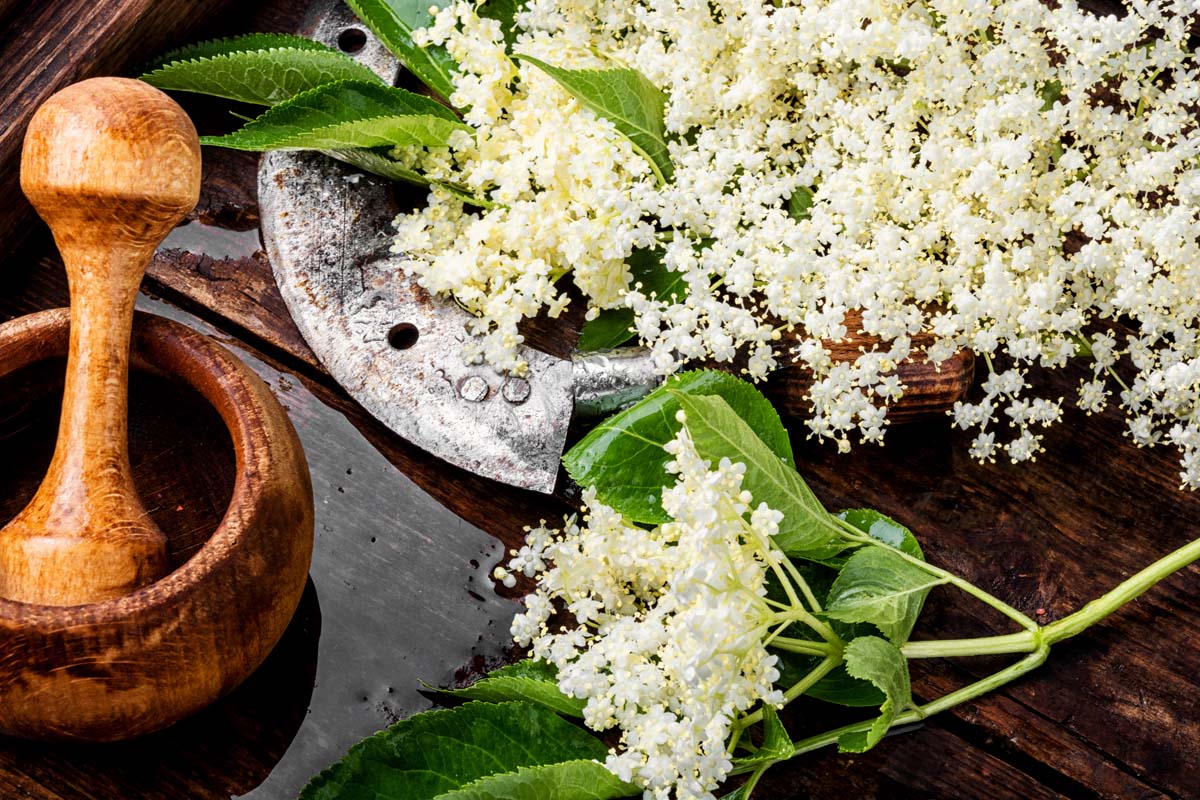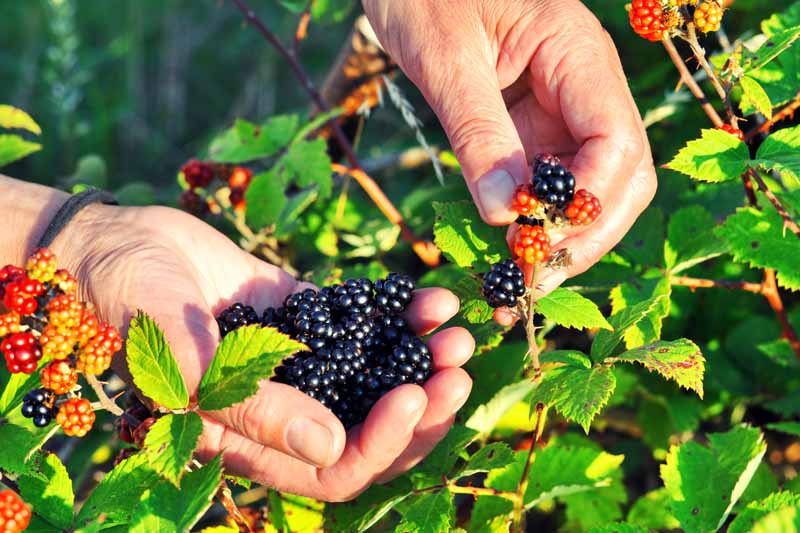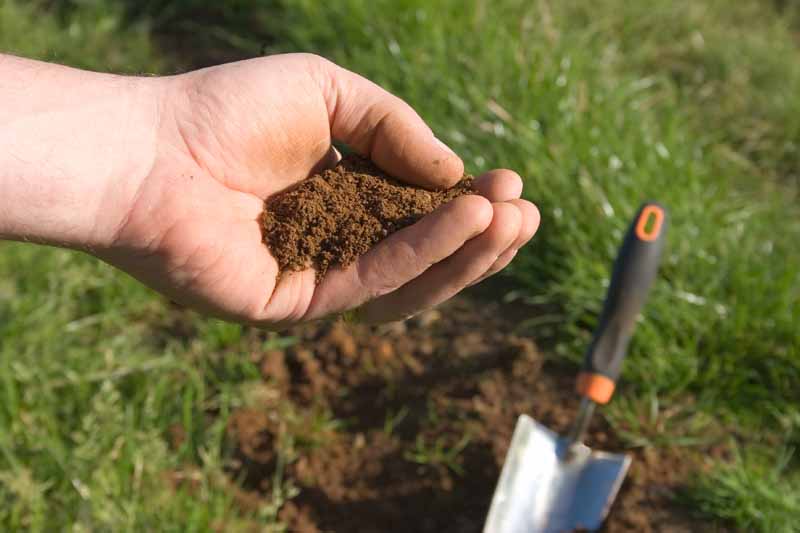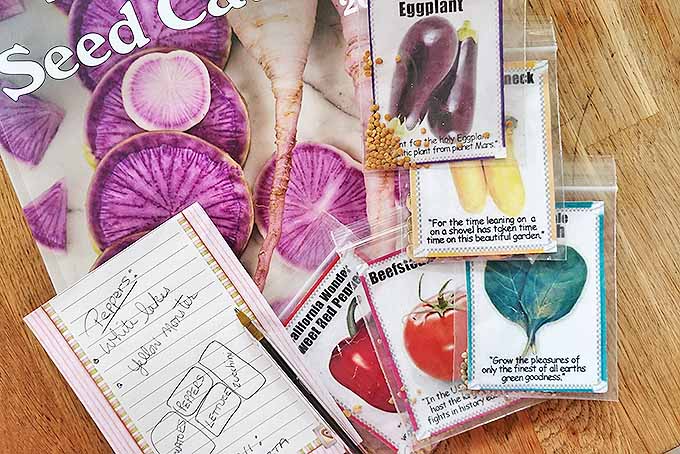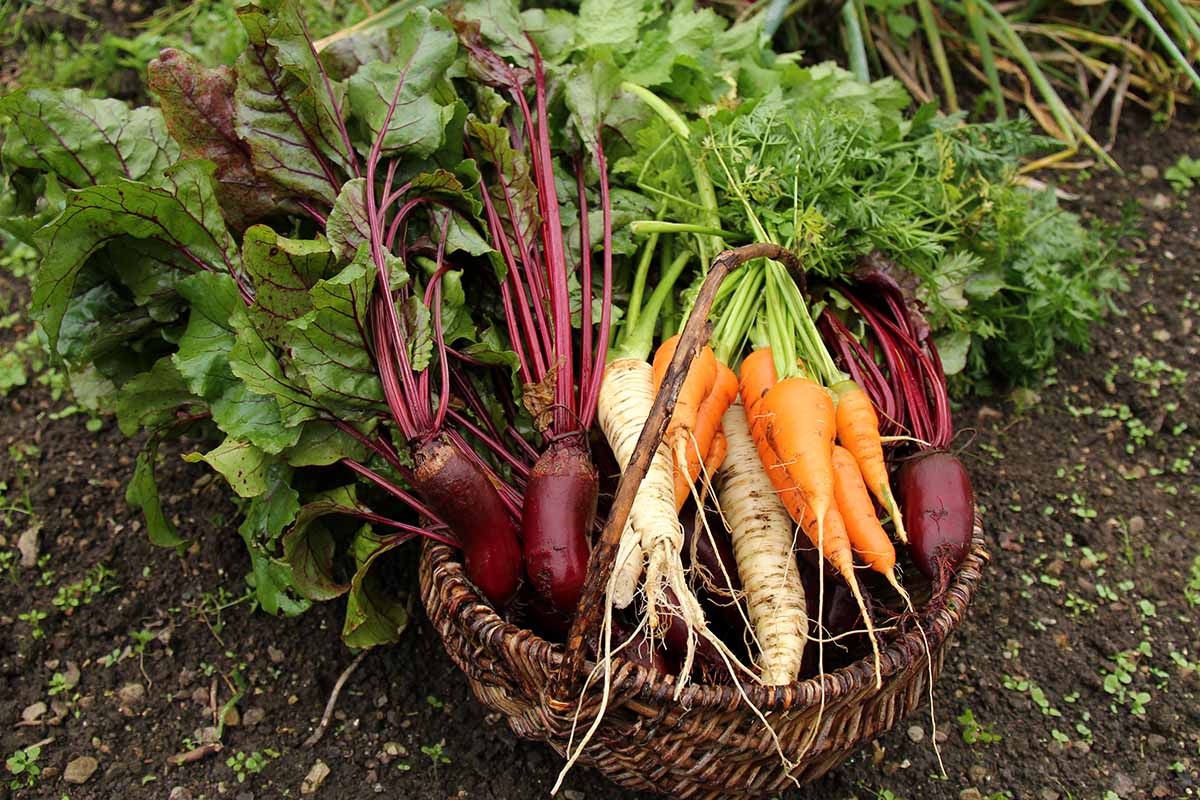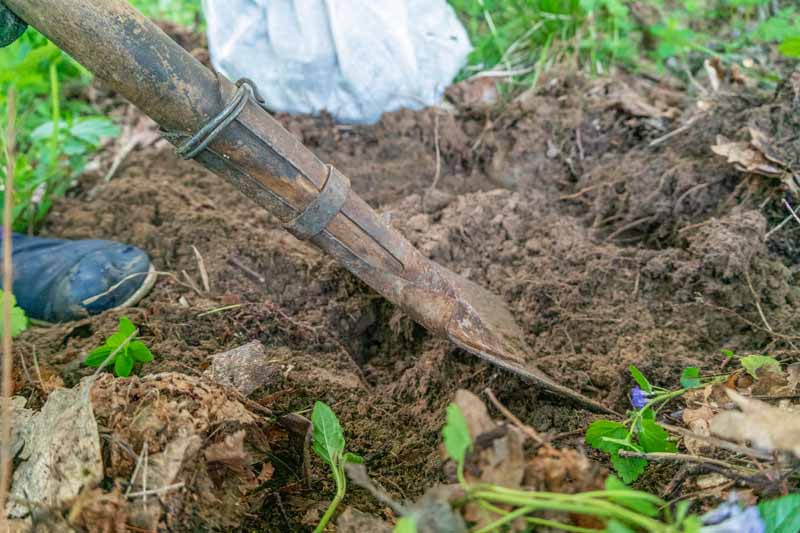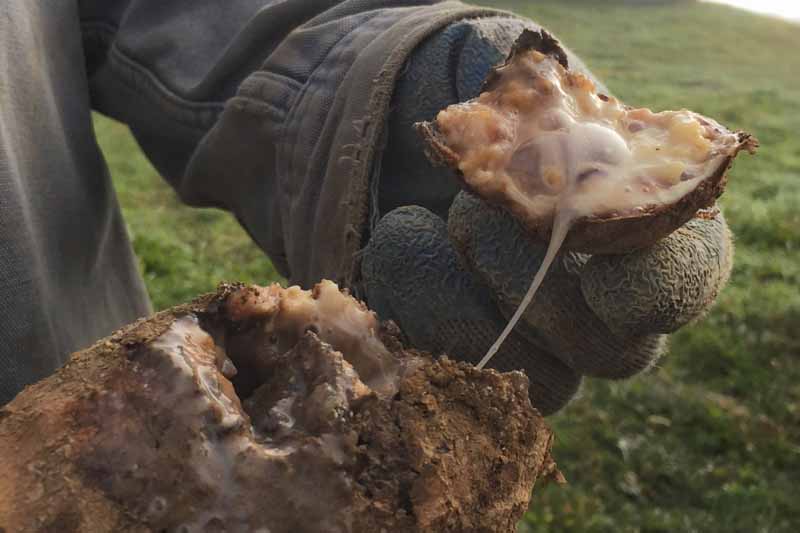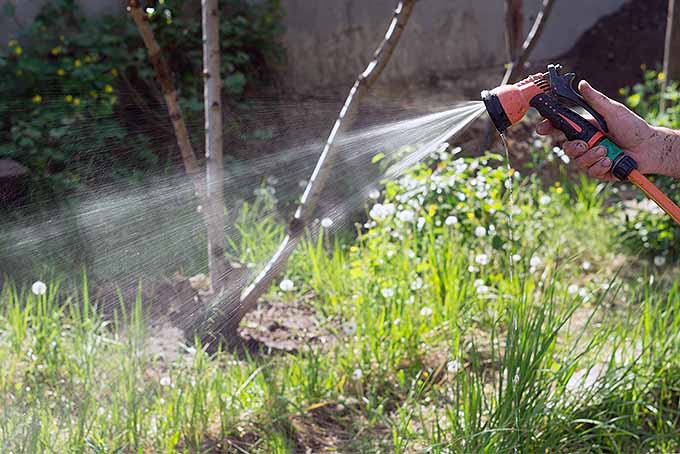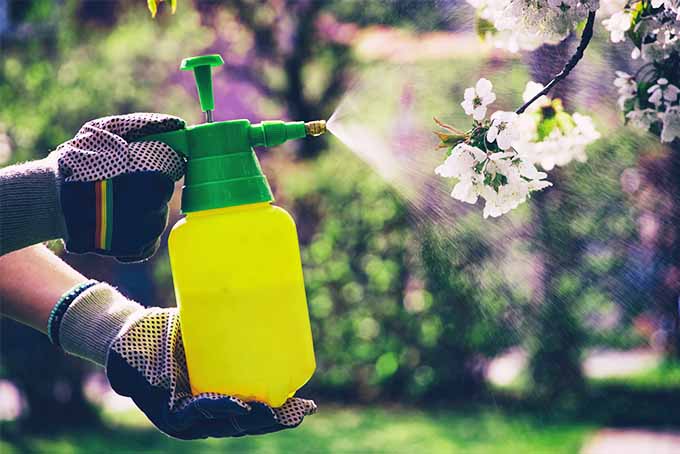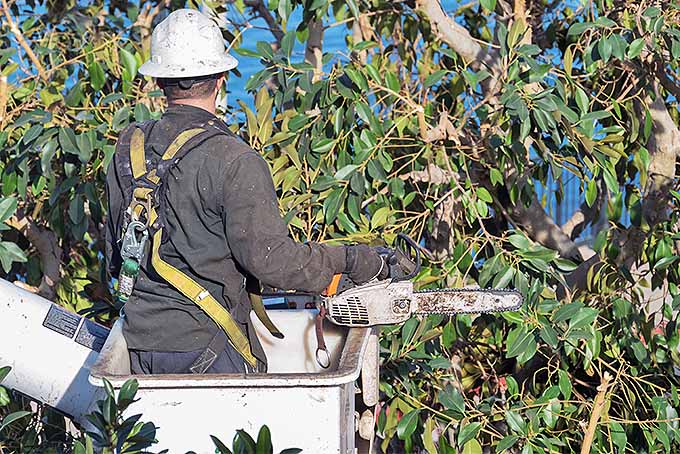Benefits of Gardening for Seniors (and 7 Tips for Success!)
Advancing age makes it challenging to bend and dig in a garden. Learn about the benefits of gardening for seniors and discover 7 top tips for making it easier. By raising beds, working from a seated position, and using ergonomic equipment, it’s possible to enjoy cultivating plants for years to come. Read more now.

